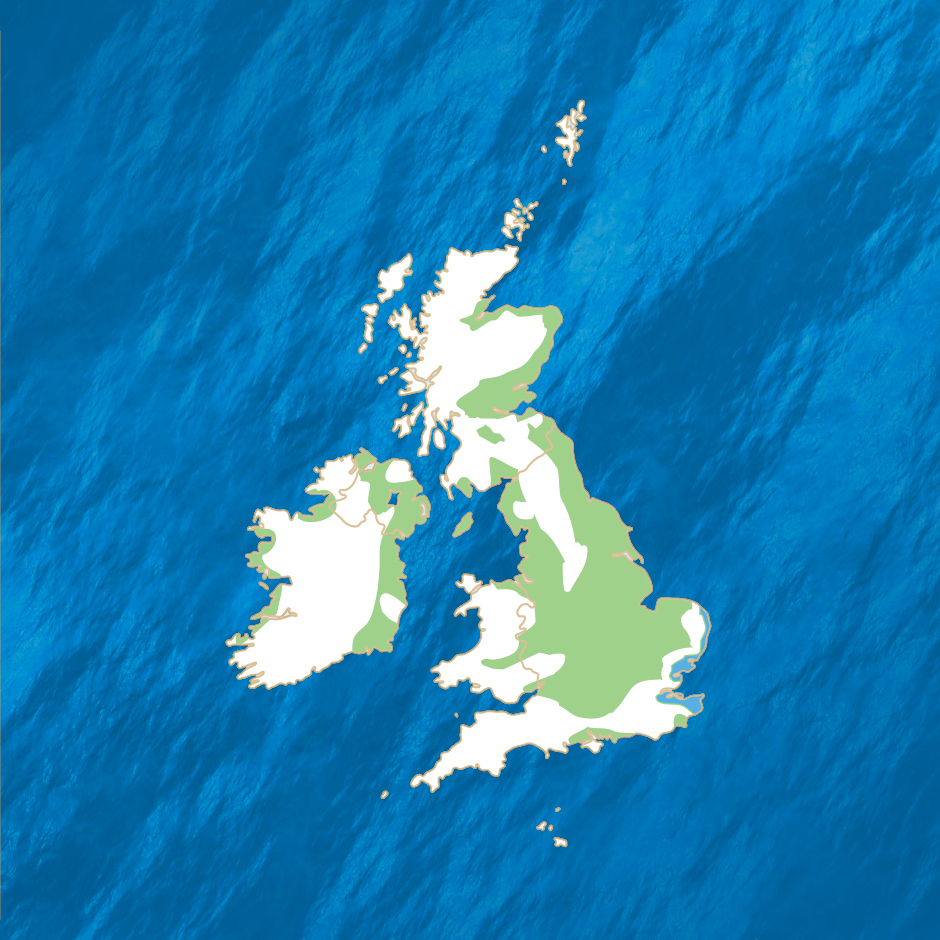How to identify
Tree Sparrows are smaller than House Sparrows, and are more active, often sticking their tails up. The Tree Sparrow has a chestnut brown head and back of the neck (rather than grey) and white cheeks and collar with a contrasting black cheek spot. They're shyer than House Sparrows in the UK, and are rarely associated with people, although in continental Europe they often nest in buildings just like House Sparrows.
The UK Tree Sparrow population has suffered a severe decline, thought to be 93% between 1970 and 2008. But recent Breeding Bird Survey data is encouraging, suggesting that numbers may have started to increase, although from a very low point.Key
- Resident
- Passage
- Summer
- Winter
* This map is intended as a guide. It shows general distribution rather than detailed, localised populations. - Jan
- Feb
- Mar
- Apr
- May
- Jun
- Jul
- Aug
- Sep
- Oct
- Nov
- Dec

